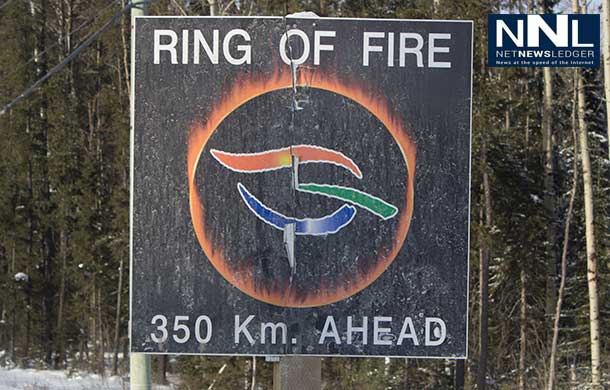
First Nations firmly rooted on both sides of the resource development debate
CALGARY, AB – BUSINESS – Potential resource developments too often face an unbridgeable abyss, with project proponents perched on one side and First Nations and environmentalists on the other. Unfortunately, the historic bridge-builders are absent.
Governments have abandoned the space and are assumed to favour project proponents. Regulators, like the National Energy Board, are able to answer “how” a resource might be developed but do not always have the scope to answer the “should” question.
And so we have a stalemate, which is a win for those opposed to development – and a signal to the business community to take its money elsewhere.
If we rethink our initial assumptions, however, we may realize it is a mistake to place First Nations on either side of the abyss. In fact, they are firmly rooted on both sides.
While many First Nations have very real and culturally embedded environmental concerns, many also have a stake in resource development. Revenue sharing is a meaningless concept if there is no revenue to share. Employment opportunities are important for economically depressed communities.
Unfortunately, years of policy failure have pushed all sorts of historical grievances into negotiations with resource companies. Until these grievances are addressed, some First Nations will oppose resource development on principle. Others are looking to move beyond historic grievances for development solutions that reflect their values.
The idea of thinking of First Nations as partners is not new and certainly not revolutionary, but it deserves more attention and adoption. Fortunately, there are many successful examples of this approach working across Canada.
A joint report released recently by the Assembly of First Nations and Aboriginal Affairs and Northern Development Canada – Advancing Positive, Impactful Change – highlights a number of instances in which strong, meaningful relationships have been built between companies and First Nations. It is worth a read.
The report is both interesting and helpful. Yet, most of the examples highlight the experience of mining and energy companies that produce in the same place for long periods of time, usually decades. These companies for the most part have already figured out the importance of developing partnerships with First Nations.
Saskatchewan’s Cameco Corporation presents just one example. Cameco, one of the largest industrial employers of Aboriginal people in the country, is striking detailed socio-economic agreements (called collaboration agreements) with specific communities. The agreement with the community of Pinehouse includes cash payments (tied to production) to a community trust that ensures all community members benefit.
In 2013, the trust (which is administered by community members and overseen by the Royal Trust Corporation of Canada) provided $1.8 million to support scholarships, trades training programs, environmental protection activities and the completion of a new arena.
The challenge is more daunting for short term economic opportunities. For example, there is less incentive for shale oil and gas producers with steep production decline rates to spend the time needed to build trust with First Nations. It is also more challenging for companies with linear projects, like pipelines or electricity transmission, that need to build relationships with a number of First Nations. In these cases, all parties need to be realistic about what they expect.
Even after companies and aboriginal communities agree to work together, big obstacles remain. It is still very difficult to match employer needs with employee skills. BHP Billiton and Enbridge have established the Saskatchewan First Nations Natural Resources Centre of Excellence to address these challenges. Employers in the rest of Canada should take a close look at what the Centre of Excellence is doing.
The landscape is shifting in Aboriginal communities. And if we rethink where First Nations stand we might be surprised. Many are not on one side or other of the abyss because they have a stake in both sides. They are the bridge, and a badly needed bridge. If a way is to be found out of the growing impasse, the route will lead through First Nations, and through recognition that the goal of many First Nations – sustainable economic development that will deliver tangible benefits to the original inhabitants of the land – is also the optimal strategy for Canada.
Let First Nations play a role in determining whether projects proceed. When they can see real gains for their communities, many will not be hasty in saying no.
Trevor McLeod is the Director of the Centre for Natural Resources Policy at the Canada West Foundation and Roger Gibbins is a Senior Fellow with the Foundation. www.cwf.ca
© 2015 Distributed by Troy Media







